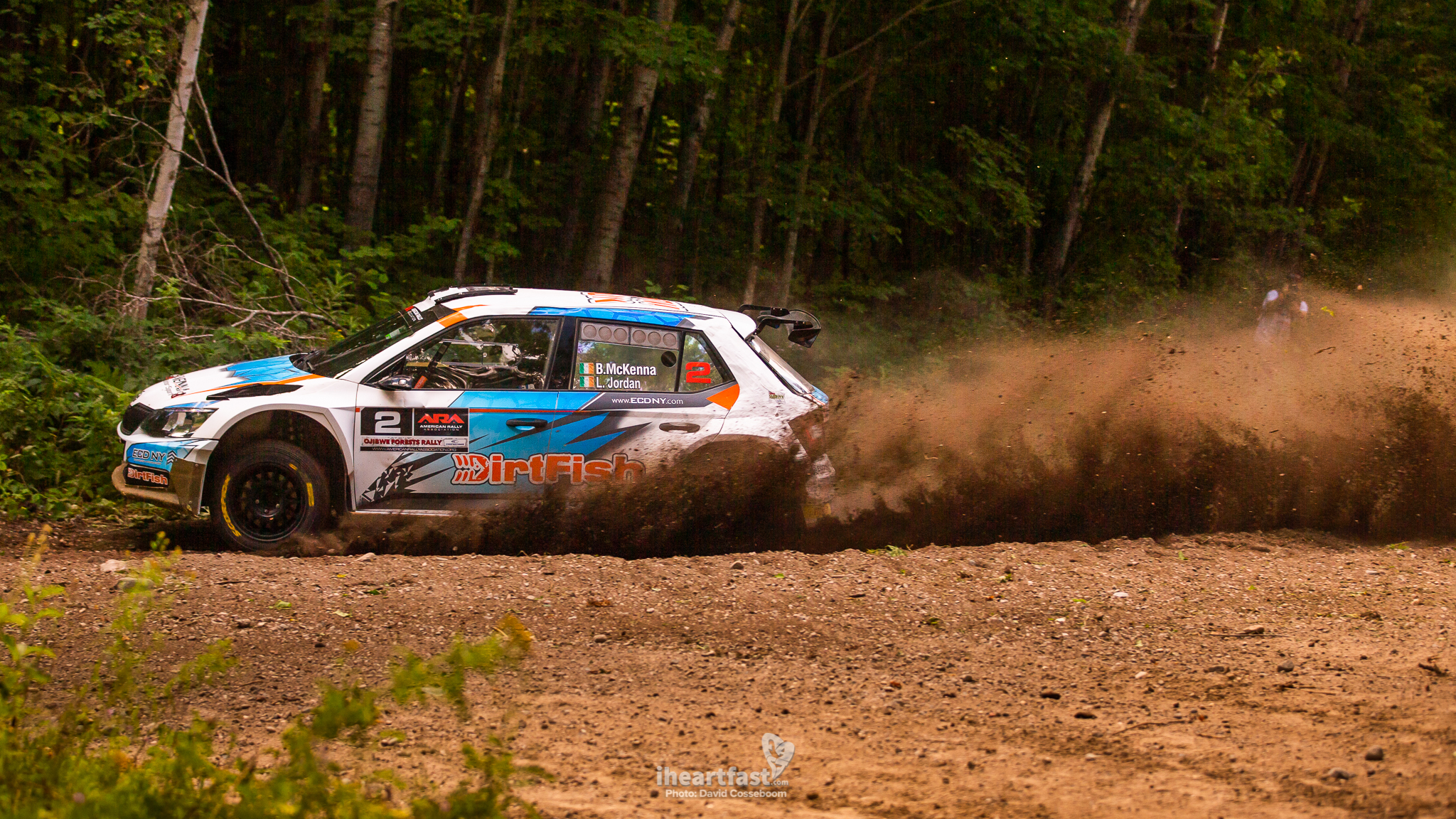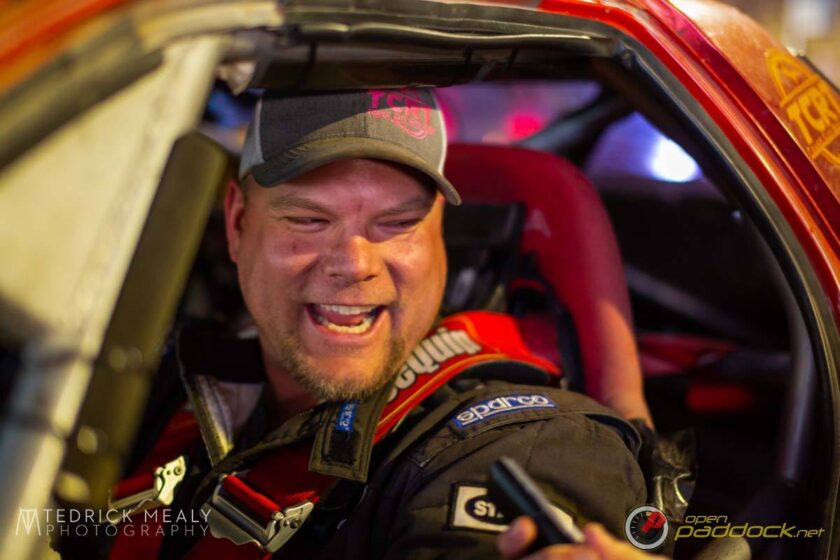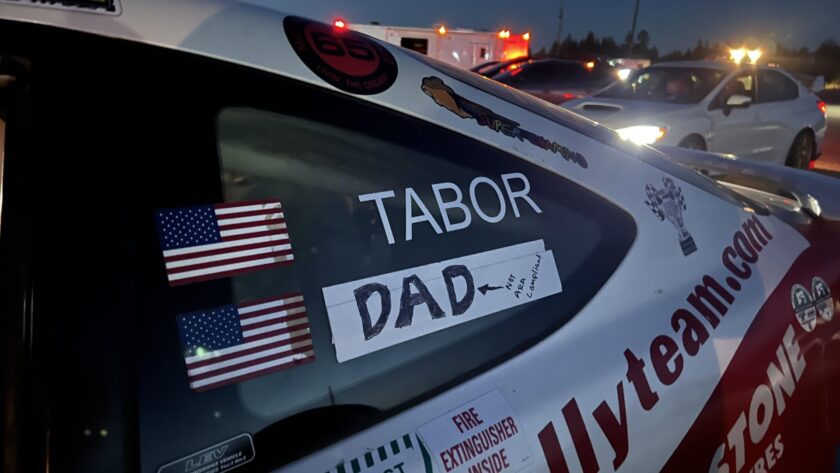Horses for Courses
Another view from across pond by Jon Scoltock
No, I haven’t written a column about four-legged transport instead of the four-wheeled kind, but I have been thinking about how different machines work for different events; something that has been well illustrated in recent weeks.
We’ve just enjoyed the spectacle of a brand-new WRC event, Rally Estonia, which delivered plenty of drama. It was obviously really cool to see WRC cars in action again, but it also made me think about how unique rallying is, or perhaps was?
Rally Estonia was an extremely fast event, and showed the importance of getting everything right; the fast roads requiring plenty of power and good aerodynamics – something the M-Sport Fords seemed to lack – but the soft surface demanding forgiving suspension as it cut up with each passing car – as Thierry Neuville found to his cost.
The comparisons to Rally Finland were obvious, but Estonia isn’t the only rally with a bit of Finnish character, and I think the recent Ojibwe Forests Rally had more than a passing resemblance to what we saw in Estonia. It also showed us how being in the right car can make a big difference.
Going into Ojibwe, ARA points leader, Barry McKenna felt that taking his Skoda Fabia Rally2 was the right decision – he was comfortable in the car and clearly felt it would have enough to match and beat the Subarus of Travis Pastrana and Brandon Semenuk. By the end of the rally, McKenna may have been wondering if that was the right choice after all, as the Subaru had proven itself to be more than a match for the Skoda.
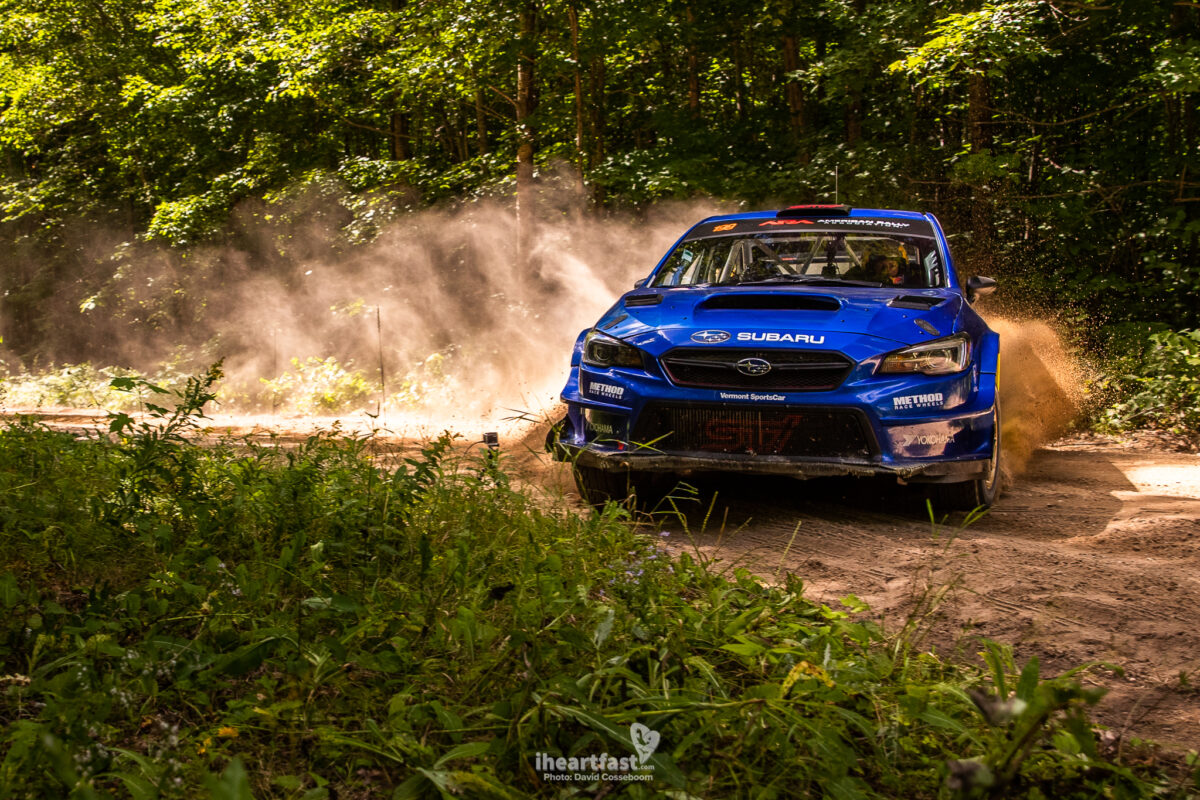
Of course, this was partly down to the work put in by Pastrana and stand-in co-driver, Rhianon Gelsomino, who were battling to get TP’s title campaign back on track. They put in a fantastic performance, opening up a lead on the first day that McKenna and co-driver, Leon Jordan, would be unable to overcome. As well as this though, it seemed that the Subaru Motorsports USA machine may have been just a little better suited to the roads of Ojibwe than McKenna’s WRC2 refugee. McKenna noted before the event that the Fabia had been consistently faster in testing than his Fiesta WRC but, while the Fabia took him to four stage wins on Friday and is undoubtedly one of the best Rally 2 cars available, it’s hard not to wonder if the extra grunt from his 2.0-litre powered Fiesta may have helped on some of the fast sections on Saturday.
The Skoda benefits from enormous travel from its WRC-inspired suspension and nimble handling thanks to its relatively short wheelbase. On some of the tight, technical spectator stages we see on WRC rounds, this can be enough to allow a well-driven Rally 2 car to trouble the monsters of Rally 1. However, once the roads open out and the speeds increase, they soon fall back again as power and aerodynamics come to the fore. The Subaru’s 2.0-litre engine has more power and a chunk more torque than the 1.6-litre unit in the Skoda, while its longer wheelbase offers stability over fast, flowing roads. On the roads of Minnesota, that mattered. Ojibwe is a rally that plays to the strengths of the Subaru.
We’ve seen this kind of thing in the WRC before too, albeit in reverse. In the 1980s, the all-conquering Audi Quattro was outshone by the shorter, more nimble Peugeot 205 T16 and Lancia Delta S4. Audi shortened the wheelbase to try to catch up, but it still wasn’t enough. The Quattro, with its engine hanging out over the front axle, just couldn’t match the squat, mid-engined 205 and Delta.
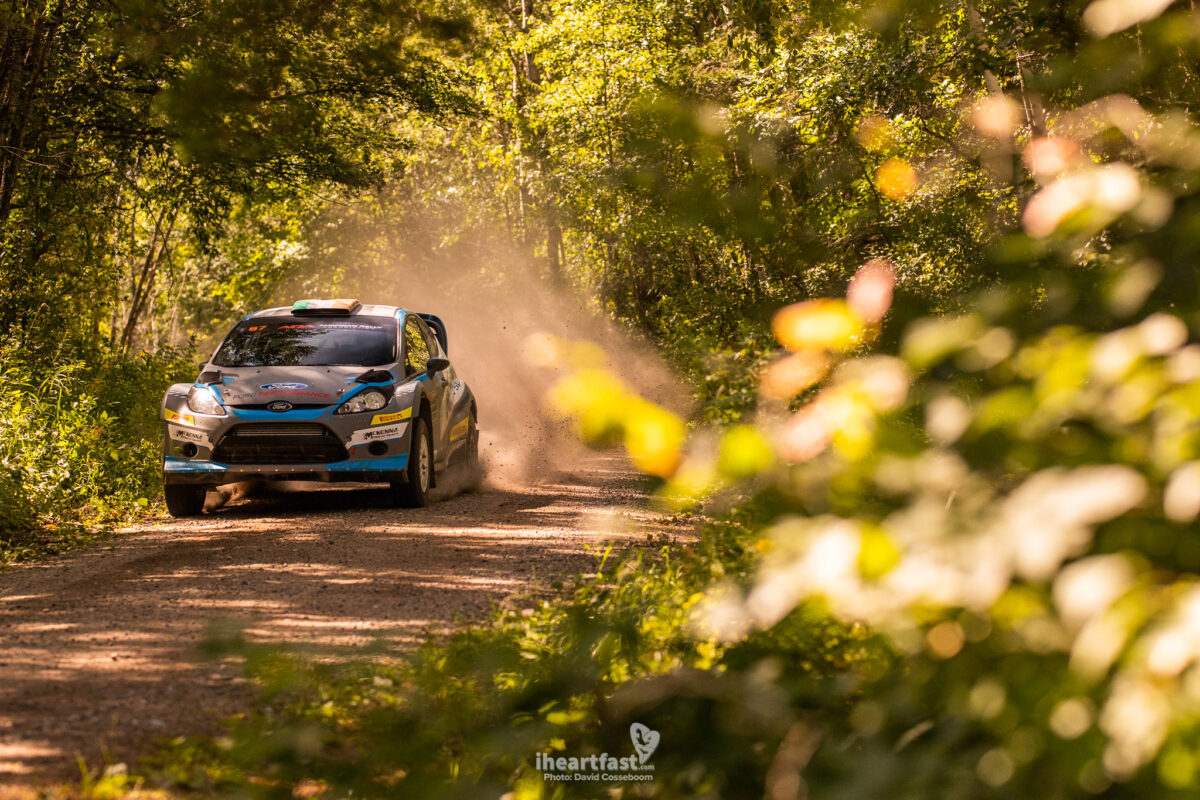
Fast-forward to the 1990s and we saw Ford ditch the Sierra RS Cosworth for the Escort RS Cosworth and Subaru the Legacy RS for the Impreza 555. The reason? Both the Escort and Impreza had shorter wheelbases, so were better at changing direction on tight and twisting roads. Colin McRae scored just one WRC win in the Legacy, at Rally New Zealand in 1993 – another fast event. In the Impreza, he won basically everywhere. The trade-off was worth it as, across the entire calendar, the shorter, more nimble car worked better on more events.
It’s something we’re unlikely to see in the WRC again, as the rulemakers have settled on the idea of the cars all being around the same size, and even plan to allow manufacturers to ‘scale down’ larger cars to fit into the current dimensions from 2022. I’m disappointed by that personally, as I think having some variety could add an additional element of unpredictability to the sport, as was perfectly demonstrated at Ojibwe. It’s just another thing that the ARA has in its favour right now, which takes us back to my very first column for Open Paddock – variety of cars makes the sport interesting for a whole variety of reasons.
It also made me wonder about something else. While we’re unlikely to see different size cars in the WRC any time soon, I can’t help but imagine how the Subaru Motorsports USA car would compare to the established order on the roads of Finland or Estonia. Obviously, the rules of the WRC would forbid such a thing, but it would potentially be possible in an open class similar to what we saw in Mexico earlier this year, or even just on a national rally rather than a WRC event. It would be a fascinating comparison that’s for sure. Imagine seeing Pastrana or Semenuk upsetting the Rally 2 cars in the Finnish or Estonian championships. Now that would definitely be something.
Jon Scoltock is a motorsports and auto journalist from the UK, producing content on the WRC, national rallying, and a range of motorsport engineering subjects. Formerly an engineer, Scoltock has been involved with building and running cars on events around the UK, as well as driving his own cars and volunteering.
For more of Jon’s view from across the pond, follow him at the below social media links:

